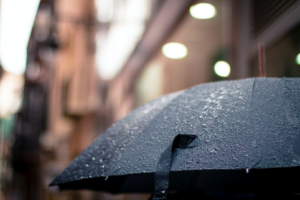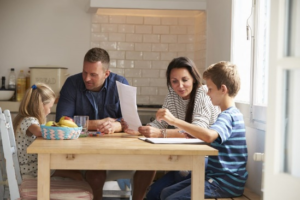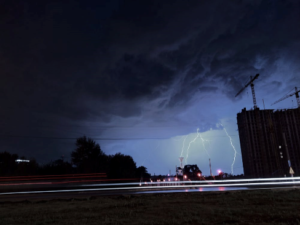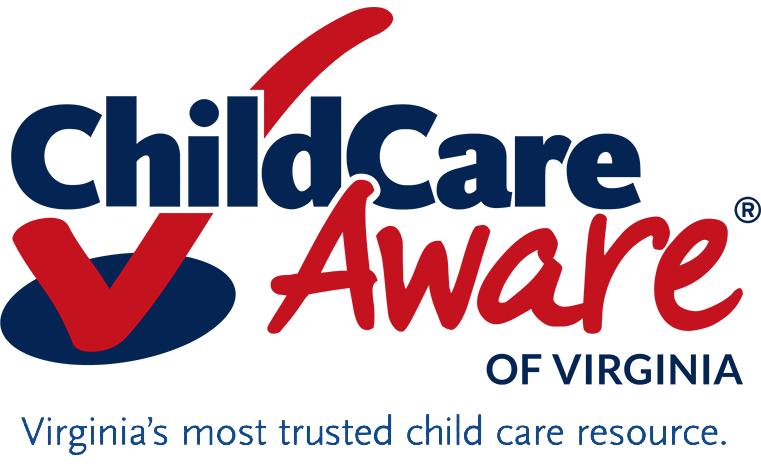
Although we wrapped up National Preparedness Month in September, we are still in the thick of hurricane season. As we prepare for cooler weather, it’s important to ensure your family has a plan in place for emergencies. Natural disasters can strike at any moment. Recently in Southern California, wildfires have been threatening many families, as others are battling hurricane season along the East Coast and Gulf of Mexico. Although emergency planning isn’t fun to think about, it’s important to know which types of disasters could affect your area and how you will respond.
Here are some tips that could help prepare your family in case of an emergency.
 Put a plan together by discussing questions with your family, friends or household to start your emergency plan. How will I receive emergency alerts and warnings? What is my shelter plan? What is my evacuation route? What is my family/household communication plan? Do I need to update my emergency preparedness kit?
Put a plan together by discussing questions with your family, friends or household to start your emergency plan. How will I receive emergency alerts and warnings? What is my shelter plan? What is my evacuation route? What is my family/household communication plan? Do I need to update my emergency preparedness kit?
Allow your children to be involved in planning. Be sure they are included in your emergency preparedness conversations. Do they know where to meet the family if you all are separated? You can even build an emergency kit with your child and make it into a game. Go through different locations with your child to find what you need for an emergency kit. Have fun and build a checklist along the way.
 Fill out a family emergency plan. Make a written family emergency plan and clearly communicate it to all family members to ensure everyone is on the same page in the event of an emergency. Download this family emergency plan and see if it will work for your family.
Fill out a family emergency plan. Make a written family emergency plan and clearly communicate it to all family members to ensure everyone is on the same page in the event of an emergency. Download this family emergency plan and see if it will work for your family.
Communicate with your child care provider. Because a disaster can strike during school or work hours, you need to know their emergency response plans and how to stay informed. Discuss these plans with children, and let them know who could pick them up in an emergency. How will the provider contact you in case of an emergency? What is their emergency preparedness plan? Make sure you are signed up for alerts, warnings, and other texts from your child’s school and child care provider.
Practice, practice, practice. Be sure your family knows the plan you all have agreed on. Practice this a few times a year so no one forgets, especially before disasters occur like hurricane season. After you practice, talk about how it went. What worked well? What can be improved? What information, if any, needs to be updated? If you make updates, remember to print new copies of the plan for everyone.
 Sesame Street has created an Emergency Preparedness Guide for families and videos for child care providers. The Institute of Childhood Preparedness also offers online trainings for child care providers to help improve centers and their response in the case of an emergency. They suggest finding easy ways to help children remember this vital information like songs, jingles or rhymes. No matter the strategy you choose, repetition is key. It can help to practice in the car and at bedtime. This will help ensure your child will be positively identified in case of an emergency or separation.
Sesame Street has created an Emergency Preparedness Guide for families and videos for child care providers. The Institute of Childhood Preparedness also offers online trainings for child care providers to help improve centers and their response in the case of an emergency. They suggest finding easy ways to help children remember this vital information like songs, jingles or rhymes. No matter the strategy you choose, repetition is key. It can help to practice in the car and at bedtime. This will help ensure your child will be positively identified in case of an emergency or separation.
Please take a moment to review this important information, discuss it with your family, and make plans accordingly. In times like these, it is beneficial to hope for the best but prepare for the worst.
Resources:
Sesame Street Emergency Preparedness ToolKit
Family Emergency Communication Plan
